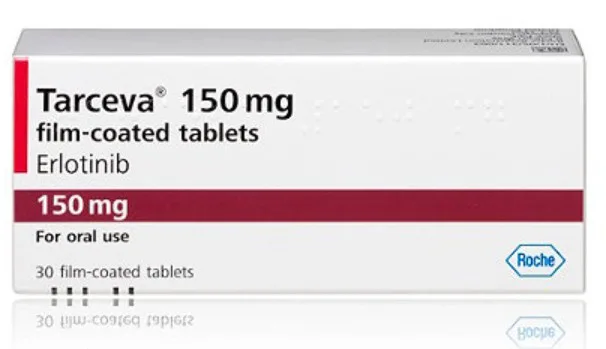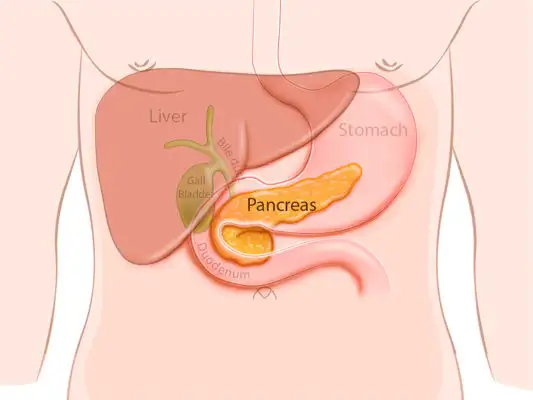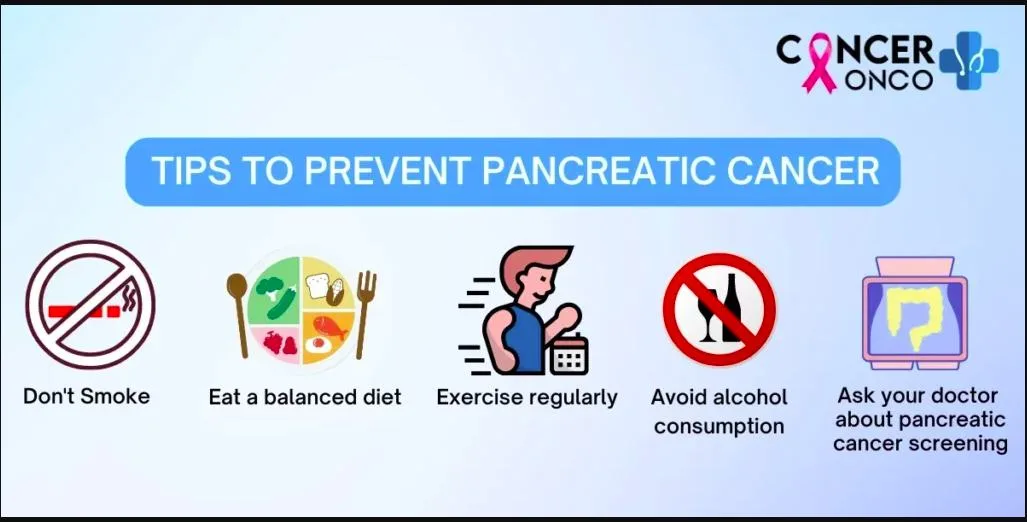Tarceva Pancreatic Cancer: A Comprehensive Guide
Pancreatic cancer is one of the most aggressive and challenging cancers to treat, often diagnosed at an advanced stage. In recent years, targeted therapies have been developed to improve survival outcomes, and one such drug is Tarceva (erlotinib). Understanding the role of Tarceva in pancreatic cancer treatment is essential for patients, caregivers, and healthcare providers.
This article explores Tarceva pancreatic cancer treatment in detail, including its definition, types, risk factors, symptoms, diagnostic methods, treatment strategies, survival outlook, and the latest innovations. With optimized and SEO-friendly content, readers can gain clear insights into how Tarceva works and what to expect throughout the treatment journey.
Definition and Overview
Tarceva, also known by its generic name erlotinib, is a targeted therapy drug classified as an epidermal growth factor receptor (EGFR) inhibitor. It works by blocking signals that stimulate cancer cell growth. In the context of pancreatic cancer, Tarceva is typically used in combination with chemotherapy, such as gemcitabine, to improve patient outcomes.
The approval of Tarceva for pancreatic cancer offered a new therapeutic option beyond conventional chemotherapy. While not a cure, Tarceva has been shown to extend survival in certain patients, making it a valuable part of the treatment landscape.
Types
Pancreatic cancer is generally divided into two main types: exocrine pancreatic cancer and endocrine (neuroendocrine) pancreatic tumors. Exocrine pancreatic cancer, particularly pancreatic ductal adenocarcinoma, is the most common and aggressive form. Tarceva pancreatic cancer treatment is primarily directed at patients with advanced or metastatic pancreatic ductal adenocarcinoma.
Endocrine tumors, on the other hand, have different biological behaviors and are usually treated with other targeted therapies or hormonal treatments rather than Tarceva.
Causes and Risk Factors
The exact cause of pancreatic cancer remains unclear, but several risk factors increase its likelihood. These include:
- Smoking, which significantly raises risk
- Family history of pancreatic cancer
- Chronic pancreatitis
- Obesity and poor dietary habits
- Genetic mutations affecting DNA repair mechanisms
- Advanced age, with most cases diagnosed in people over 60
While these factors contribute to risk, pancreatic cancer can still occur in individuals without any clear predisposition.
Symptoms and Early Warning Signs
Pancreatic cancer is notorious for being difficult to detect early. Common symptoms include:
- Persistent abdominal pain radiating to the back
- Unexplained weight loss
- Jaundice (yellowing of skin and eyes)
- Fatigue and loss of appetite
- Digestive difficulties, such as nausea or changes in stool
Because these signs often appear late, early detection is a major challenge, making effective treatment strategies like Tarceva essential for managing advanced disease.
Diagnosis
Diagnosing pancreatic cancer typically involves multiple approaches:
- Imaging tests such as CT scans, MRI, and PET scans to locate tumors
- Endoscopic ultrasound for closer examination of pancreatic tissue
- Biopsy to confirm cancer cell presence
- Blood tests measuring tumor markers like CA 19-9
- Genetic testing to identify mutations that may influence treatment
Accurate diagnosis is crucial in determining whether Tarceva pancreatic cancer therapy is suitable for a patient.
Treatment Options
Pancreatic cancer treatment varies based on stage and patient health. Common options include:
- Surgery such as Whipple procedure (if cancer is detected early)
- Chemotherapy using drugs like gemcitabine or FOLFIRINOX
- Radiation therapy to shrink tumors and manage symptoms
- Targeted therapy, including Tarceva, which specifically inhibits EGFR signaling pathways
- Immunotherapy, which is still under clinical research for pancreatic cancer
Tarceva is typically combined with gemcitabine in advanced cases. While it does not work for every patient, studies have shown a modest improvement in survival rates when compared to chemotherapy alone.
Prevention and Lifestyle Recommendations
Although pancreatic cancer cannot always be prevented, lifestyle changes can reduce risk:
- Quitting smoking to lower carcinogen exposure
- Maintaining a healthy weight and balanced diet
- Exercising regularly to support immune health
- Managing diabetes and chronic pancreatitis effectively
- Reducing alcohol consumption
For patients undergoing Tarceva pancreatic cancer treatment, maintaining good nutrition, hydration, and skin care is also important, as Tarceva may cause rash or gastrointestinal side effects.
Prognosis and Survival Rates
Pancreatic cancer has one of the lowest survival rates among major cancers, with five-year survival typically below 12%. However, Tarceva pancreatic cancer treatment has been shown to provide incremental survival benefits in some patients, especially when used in combination with chemotherapy.
Prognosis depends on several factors, including cancer stage, genetic profile, treatment response, and overall patient health. While Tarceva is not a cure, it remains a valuable option to extend life and manage symptoms in advanced cases.
Latest Research and Innovations
Ongoing research continues to explore new ways to enhance pancreatic cancer treatment. Studies are focusing on:
- Combining Tarceva with other targeted therapies
- Developing biomarkers to predict which patients will respond best
- Integrating immunotherapy with EGFR inhibitors
- Improving early detection methods for pancreatic cancer
These advancements aim to improve not only survival rates but also quality of life for patients.
Coping and Support for Patients
A pancreatic cancer diagnosis can be emotionally overwhelming. Patients may benefit from:
- Counseling and support groups to manage stress and depression
- Nutritional guidance to maintain strength during Tarceva therapy
- Palliative care for symptom relief and comfort
- Family support systems to assist with daily needs and emotional well-being
Building a strong support network and accessing professional resources can make the journey more manageable for patients and their families.
Conclusion
Tarceva pancreatic cancer treatment represents a significant advancement in the fight against one of the most lethal cancers. While its benefits are modest compared to other therapies, Tarceva offers hope for extended survival when combined with chemotherapy.
As research continues to evolve, new strategies may enhance the effectiveness of Tarceva and other targeted treatments. For patients and caregivers, understanding available options, staying informed, and seeking supportive care are essential steps toward improving quality of life and making informed decisions.





